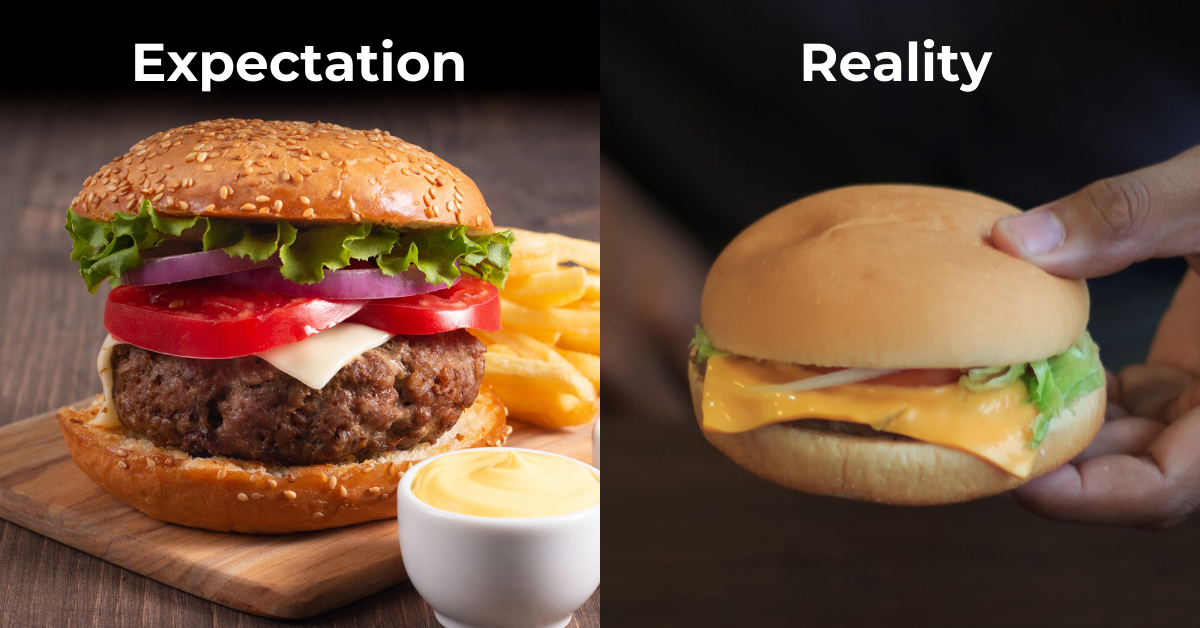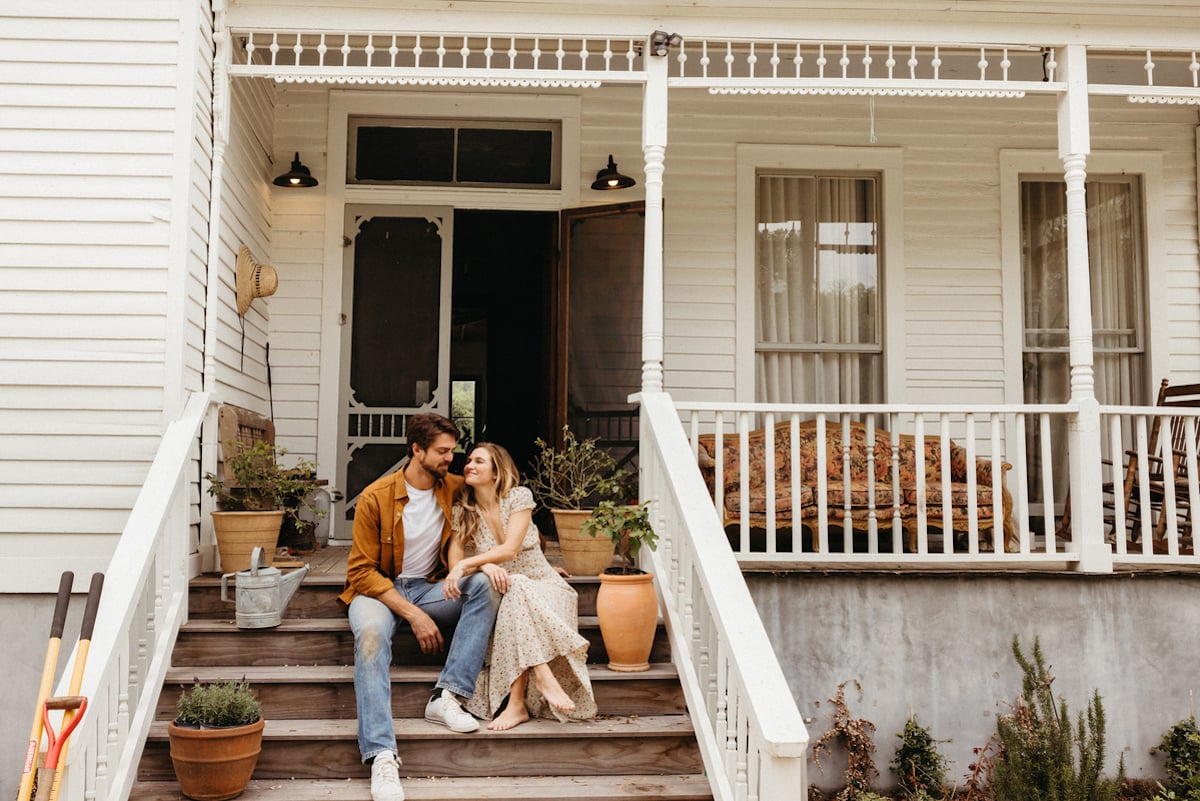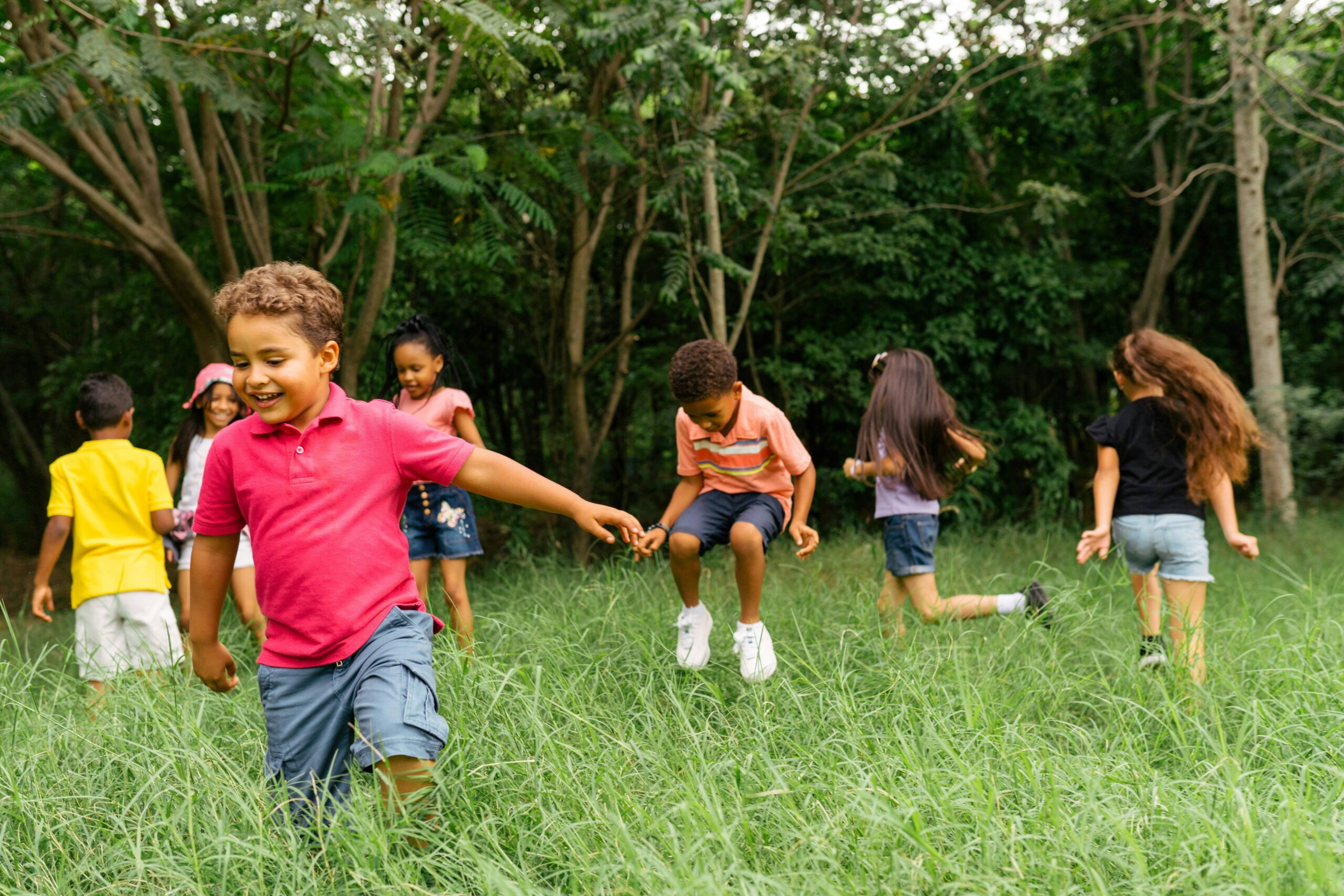These Eight Landscaping Decisions Will Hurt Your Home's Value
Landscaping is supposed to beautify your home and make it more attractive—but sometimes it does the exact opposite.

Landscaping is powerful stuff. Not only does a nicely designed yard become a haven for your family, but good landscaping choices can increase your home’s value by as much as 30%. That’s because well-designed and maintained outdoor spaces allow people to imagine themselves enjoying the property, and signal that the whole place has been cared for.
Unfortunately, poor landscaping decisions—even if they’re expensive and maintained—can actually hurt your home’s value by a similar amount. If you ever plan to sell your home or access its equity, you might want to reconsider any of these choices in order to avoid taking a bite out of the property’s valuation.
Too many trees
Trees usually add value to a property. Aside from their natural beauty, they also provide shade and a sense of stability to a yard. But too many trees can negatively impact the aesthetics of your outdoor space as well as the value of the property:
Blocked sunlight. Too many closely planted trees can turn your yard dark and gloomy.
Dead lawn. That lack of sunlight can also inhibit everything else in your yard, resulting in bare ground.
Expense. Every tree represents a cost in terms of upkeep and (eventual) removal, so seeing a forest growing in the outdoor space around the house will cause buyers to quietly lower the amount they’re willing to pay for it as they imagine the future arborist bills.
Additionally, if the trees are planted close to the house, the potential for damage to the roof and siding will also lower the perceived value of the property.
Overwhelming hardscape
Hardscaping serves a purpose in a well-designed outdoor space: It provides walkways for bare feet, clearly defines distinct areas of the yard, and offers design opportunities.
But turning your entire outdoor space into a concrete or paver jungle will lower property values because prospective buyers often find hardscaping to be impersonal. It’s also much more difficult to change and personalize than a more natural approach, and the lack of ground cover or natural canopy can turn that stone into a griddle during the hotter months.
Lack of light
Too many trees can make your space gloomy during the daytime, but not having enough lighting can make the space unwelcoming at night. While you don’t want your outdoor space to be lit up like a football stadium, soft, well-positioned lighting that’s brighter around a patio, deck, or pool area and dimmer further out makes the space feel homey, comfortable, and safe.
Skimpy lighting also means no one can enjoy your landscaping at night because they won’t be able to see it. Using light to highlight features, mark out pathways, and define spaces will make your landscaping more useful, preserving the property’s value.
Aggressive plants
When people appraise your home, they’re looking at a range of factors. One of those is how much trouble something will be in the future. An old roof covered in moss might not be leaking at the moment, but people will quietly deduct a large sum of money from the home’s value to cover the anticipated expense of replacing it.
Similarly, everything in your landscaping is a potential cost waiting to happen—and nothing is more alarming than aggressive, invasive plants like creeping ivy or bamboo. These plants spread quickly, which can give an outdoor space a quick sense of lush fullness. But they're also difficult to control or stop, and can quickly transform a carefully designed garden into an overgrown mess.
And a house being slowly enveloped by vines is also probably being slowly destroyed by those vines. You might like the look, but all that ivy is going to make your house less valuable.
What do you think so far?
Water features
Water features like ponds, bird baths, and fountains can attract wildlife, mask road noise, and add a peaceful vibe to your outdoor space. They can also be a breeding ground for mosquitoes and other pests, algae, and bacteria, transforming into stinky messes over time. Additionally, fountains and other motorized features can break down—and there’s nothing less attractive than a broken, rusted water feature that no longer pumps any water.
As with other outdoor features (or pools, for that matter), water features might as well have flags on them announcing their maintenance costs, and all those costs make prospective buyers think twice about the value of your property. If the trouble of maintaining those water features exceeds the joy and beauty they bring to the space, your home value will go down as a result.
Statues
A whimsical gnome or other figurine can be a fun addition to a well-designed outdoor space. An army of them, or a rag-tag collection of disparate (and heavily weathered) statues makes your yard look like a hoarder is using it. Too many of any outdoor ornament (gazing balls, birdbaths, dreamcatchers, wind chimes, etc.) will make your outdoor space look cluttered and unmaintained—even if it’s otherwise tastefully done and in great shape.
Large lawns
A huge ocean of sun-dappled grass swaying in the breeze might seem like an ideal way to enjoy your property. Until you have to mow it. And water it. And weed it. And hunt critters in it. In other words, a huge swath of unbroken lawn is a lot of work to maintain, and fewer people will be willing to take it on, lowering the value of the property.
Huge lawns also inspire questions like: What is this for? Outdoor space without defined areas can be a blank canvas, which is great if potential buyers are looking for a blank canvas. Otherwise, it might look like a huge yard they’ll only spend time in when they’re mowing and weeding, which is not exactly a value-add for your home.
Lack of paths
A beautiful outdoor space also has to be usable, and a key facet of using it is being able to easily walk around and access different areas. Having to strap on hiking boots and socks just to amble over to the majestic tree for a nap, or to tend to the wildflower beds, isn’t fun. Having some simple but well-defined walking paths that make getting to and from the different areas of your yard is a key aspect of its perceived value—people only assign value to things they can actually (and easily) use.
Pathways also serve to define space in your outdoor areas and offer up dry walkways after a rainstorm so you don’t have to slog through the mud—both things that make the landscaping look thoughtful and refined instead of haphazard.

 Lynk
Lynk 










.jpeg?trim=49,0,49,0&width=1200&height=800&crop=1200:800)

















